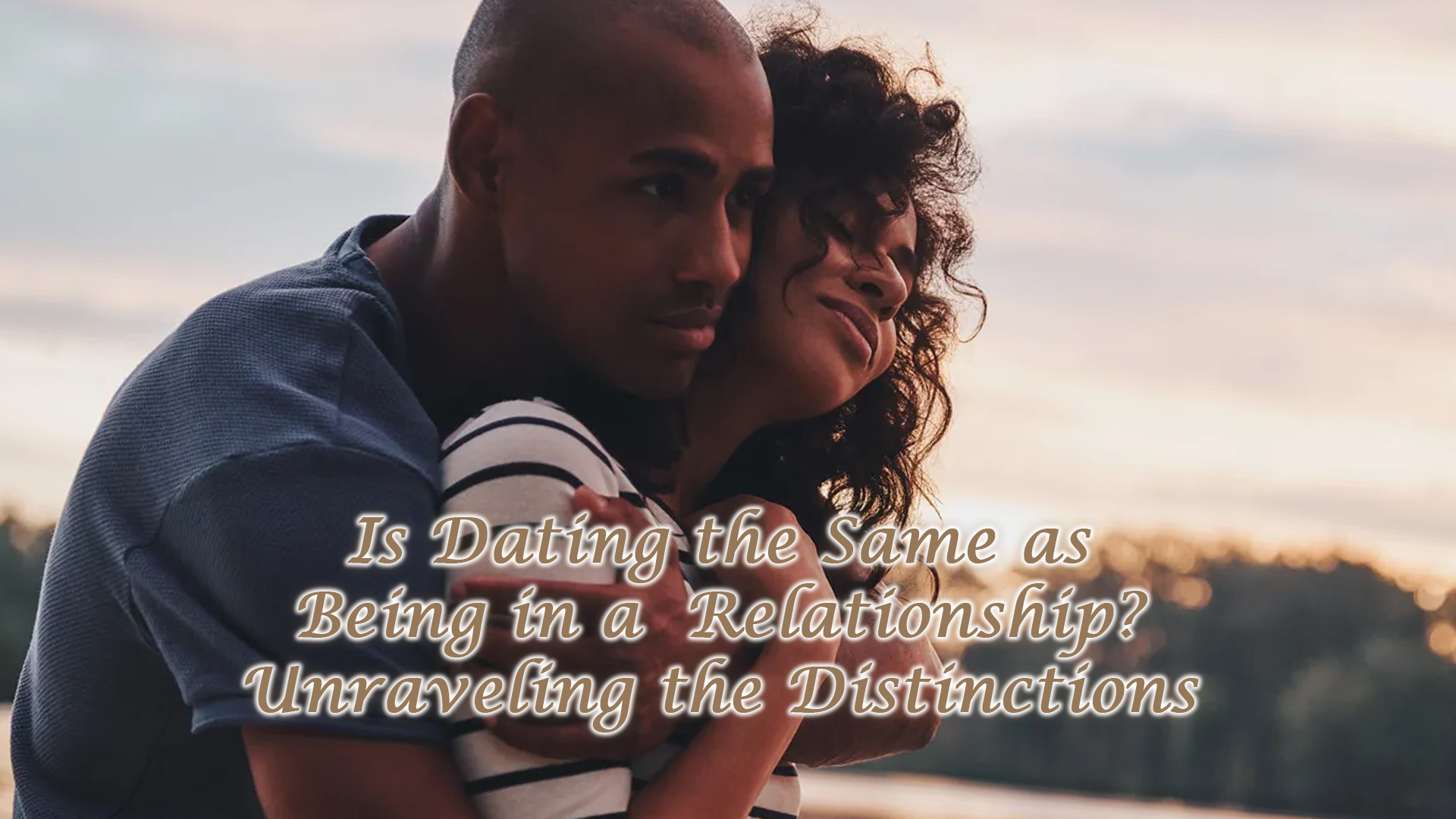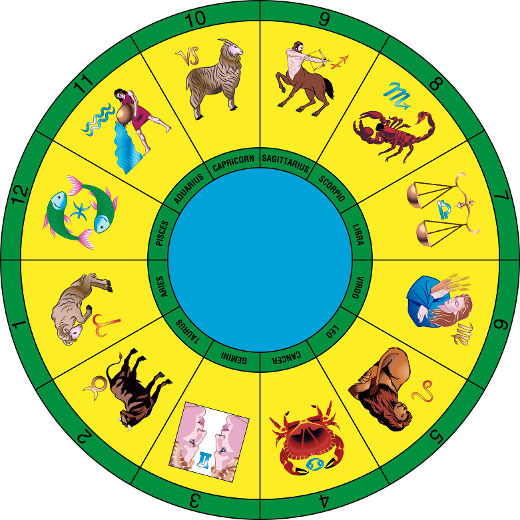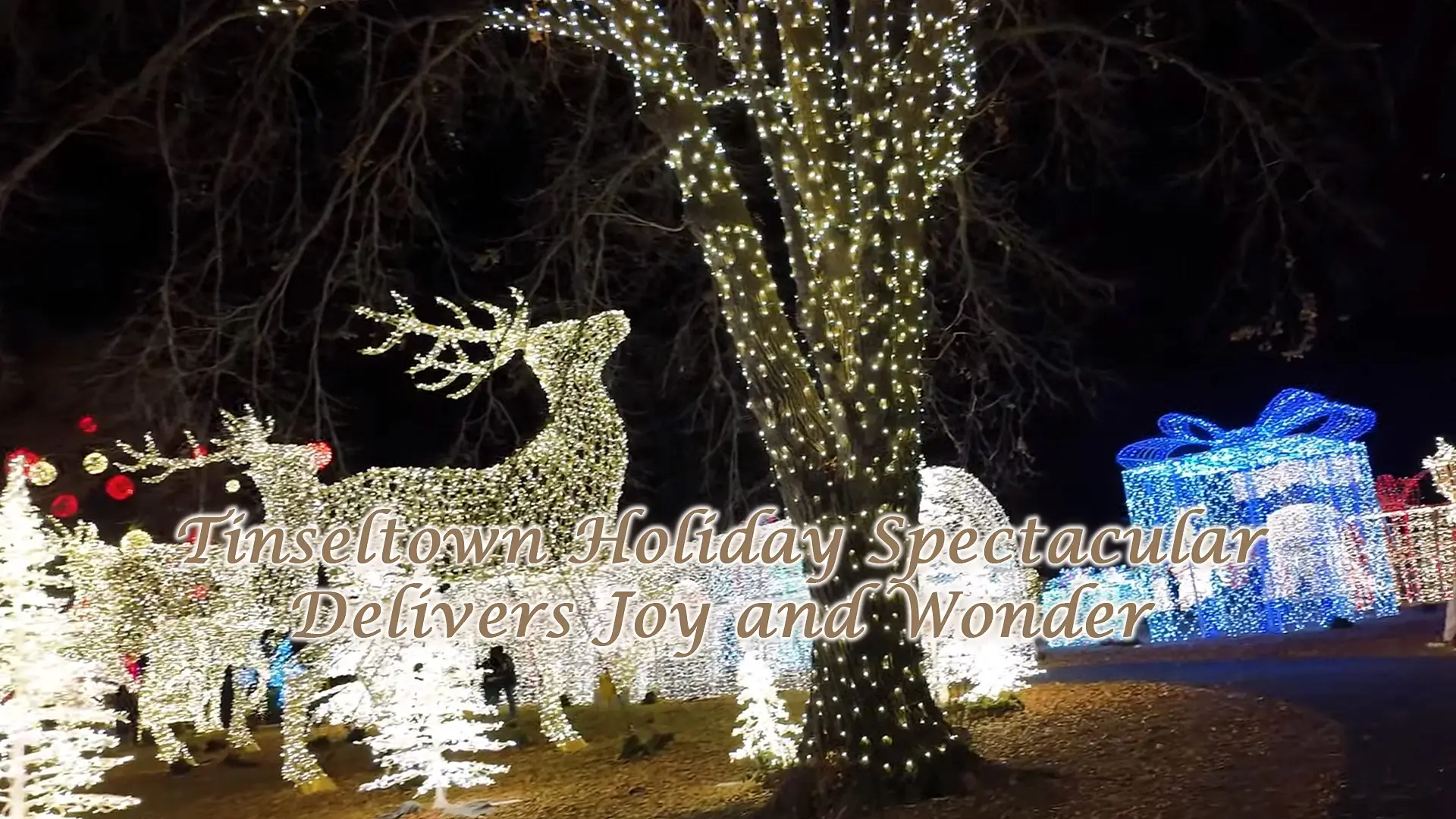Is Dating the Same as Being in a Relationship? Unraveling the Distinctions
In the intricate life of human connections, the terms “dating” and “relationship” often intertwine, leaving many individuals pondering: Is dating the same as being in a relationship? Do they share a symbiotic relationship, or are they distinct phases on the journey to emotional intimacy? This article delves into the complexities surrounding these terms, unraveling the subtle distinctions that shape the dynamics of modern connections.
Defining Dating: Exploring the Initial Stage of Connection
Dating is akin to the preliminary chapters of a novel, where characters are introduced, and the plot begins to unfold. It represents the period when individuals explore each other’s company, often with the intention of assessing compatibility and shared interests. At this stage, the emphasis is on casual interactions, getting to know one another, and engaging in activities that foster a sense of connection.
During the dating phase, individuals might go on dates, spend time together, and enjoy shared experiences without necessarily committing to a long-term partnership. It is characterized by a certain level of informality and lacks the exclusivity that defines a committed relationship. Dating allows people to test the waters, assess compatibility, and determine whether a deeper emotional connection is worth pursuing.
Transitioning to a Relationship: The Evolution of Emotional Intimacy
Unlike dating, being in a relationship implies a more profound level of emotional intimacy and commitment. When a connection evolves into a relationship, the dynamics shift from casual exploration to a more serious and exclusive commitment. Both individuals agree to a mutual understanding that they are not only romantically involved but are also committed to the growth and longevity of their connection.
In a relationship, exclusivity becomes a key factor. Partners may discuss long-term goals, introduce each other to family and friends, and invest time and effort in building a shared future. The transition from dating to a relationship often involves a mutual decision and a shared commitment to move beyond the exploratory phase into a more serious and committed partnership.
The Overlapping Realities: Navigating the Grey Area
While dating and being in a relationship represent distinct phases, it’s essential to acknowledge the existence of a grey area where these terms can overlap. In the modern dating landscape, individuals may engage in exclusive dating, where they form a connection that resembles a relationship but falls short of the formal commitment.
Exclusive dating involves a level of commitment and exclusivity that is characteristic of a relationship, yet it may lack the explicit labels and discussions that typically accompany a committed partnership. In such scenarios, the line between dating and being in a relationship becomes blurred, highlighting the fluidity and subjectivity inherent in the realm of human connections.

Communication is Key: Defining Expectations and Boundaries
One crucial aspect of navigating the complexities between dating and being in a relationship is effective communication. Establishing open and honest communication allows individuals to express their expectations, intentions, and boundaries. Clear communication helps avoid misunderstandings and ensures that both parties are on the same page regarding the nature and trajectory of their connection.
Discussing the status of a relationship, defining exclusivity, and understanding each other’s long-term goals are vital conversations that contribute to a healthy and transparent connection. By openly communicating their desires and expectations, individuals can navigate the journey from dating to a relationship with mutual understanding and respect.
Navigating the Modern Dating Landscape: Trends and Challenges
In the contemporary dating landscape, societal norms and cultural shifts contribute to the evolving dynamics of relationships. Factors such as online dating, social media, and changing attitudes toward commitment have introduced new challenges and opportunities. The accessibility of a vast pool of potential partners and the prevalence of casual dating have reshaped traditional notions of courtship.
The fluidity in defining relationships has both positive and challenging aspects. On one hand, individuals have the freedom to explore diverse connections and find compatibility on their terms. On the other hand, the ambiguity surrounding labels and expectations can lead to confusion and emotional uncertainty. Navigating the modern dating landscape requires a balance between embracing the freedom to explore connections and the responsibility to communicate effectively.
And so: Embracing the Diversity of Connections
And so, the question “Is dating the same as being in a relationship?” does not have a one-size-fits-all answer. Instead, it invites us to appreciate the diversity of connections that individuals form in their quest for emotional intimacy. Dating serves as the initial phase of exploration, allowing people to discover shared interests and assess compatibility. On the other hand, being in a relationship represents a deeper commitment and exclusivity that goes beyond the casual nature of dating.
The distinctions between dating and being in a relationship may vary based on individual preferences, cultural norms, and societal trends. Navigating the complexities of modern connections requires effective communication, mutual understanding, and a willingness to embrace the fluidity inherent in the dating landscape. Ultimately, whether one is in the early stages of dating or committed to a long-term relationship, the key lies in fostering connections that align with individual values and contribute to personal growth and fulfillment.




The article makes a compelling case for the importance of defining the level of commitment in a relationship, providing clarity and preventing potential heartaches.
With the rise of casual dating and varied relationship structures, it’s essential for individuals to have open and honest conversations about their expectations.
The article touches on the evolving nature of relationships in today’s society.
It’s crucial for individuals to define the terms of their connection to avoid misunderstandings and ensure both parties are on the same page.
I appreciate the emphasis on communication and mutual understanding in the article.
The distinctions provided are essential for anyone navigating the modern dating landscape.
This article succinctly highlights the nuances between dating and being in a relationship, shedding light on the blurred lines that often confuse individuals